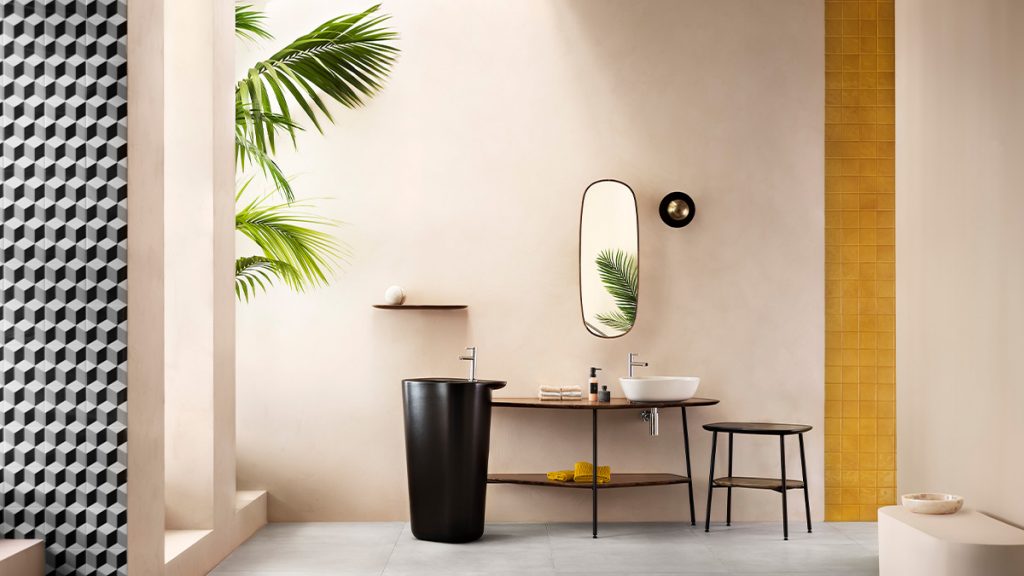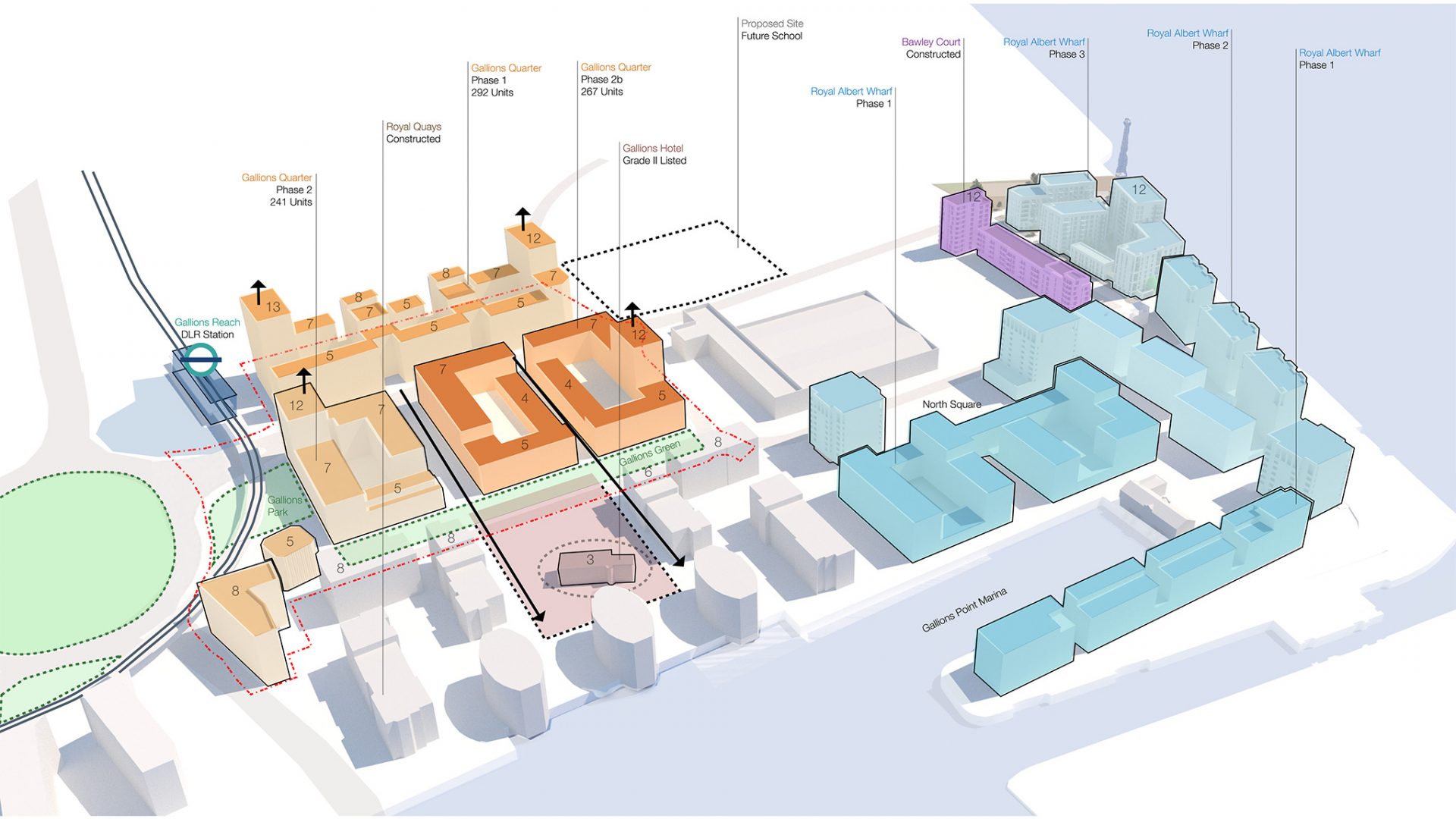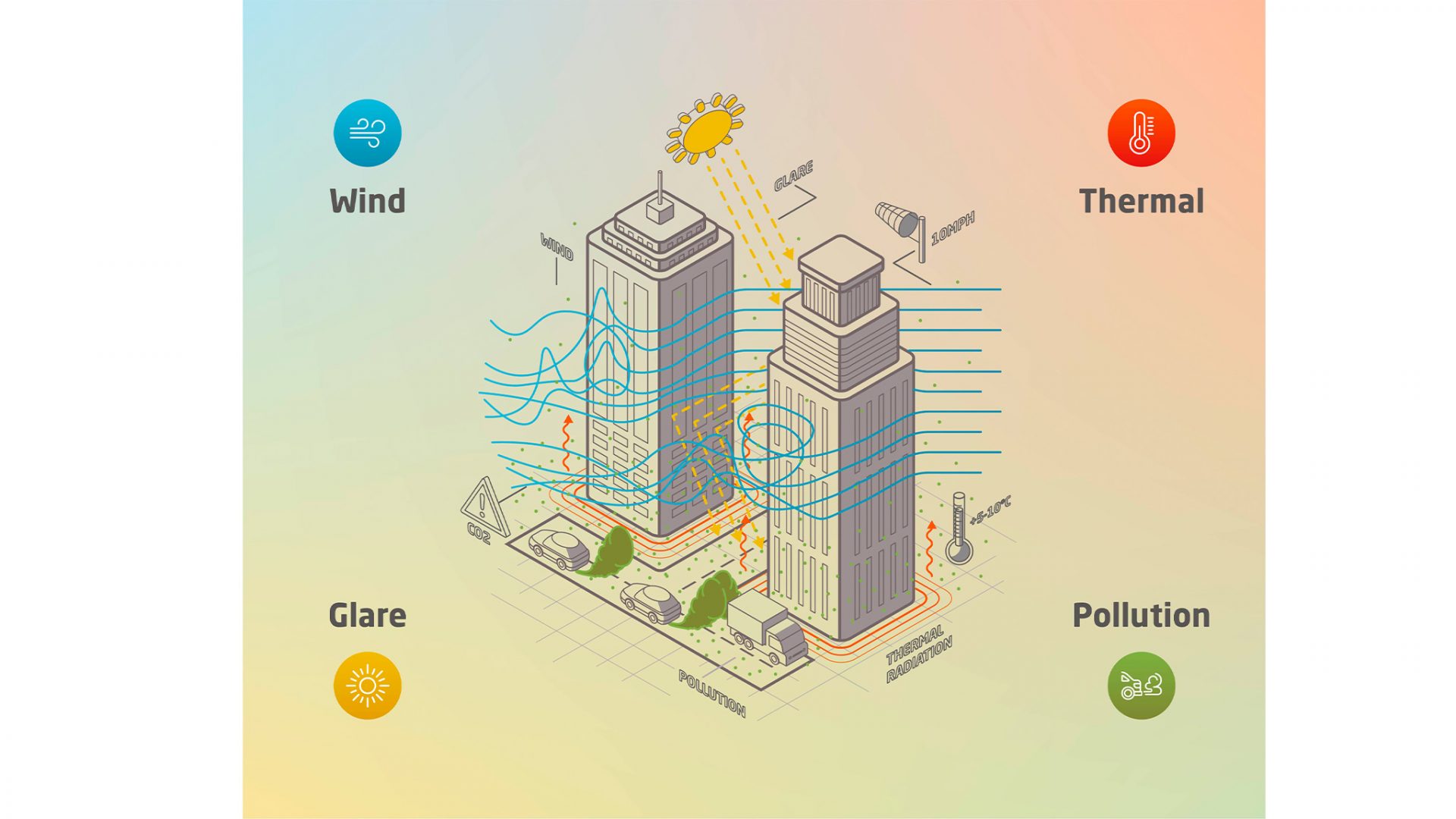Nicola Friel is the Showroom Manager at VitrA London. In this article Nicola provides her views on care and wellbeing in design, with particular attention to design for emotional care.

Image credit: Gareth Gardner
Soon the windows of VitrA’s new Turnmill Street showroom will be displaying a unique installation sculpted ingeniously from paper as part of London Festival of Architecture’s exciting Showroom Showcase competition. We’re delighted to be involved in promoting the UK’s emerging design talent as part of the Festival and we’ve been really impressed with the level of talent involved. We’re excited to share a piece of artwork that will be both innovative and thought-provoking – watch this space!
Having opened our VitrA London showroom earlier this year, this will be the first LFA that we can be fully involved in and it feels great to be joining what is a collaborative, cross disciplinary and civic-minded event with high ambitions for design – not just for individuals but for the benefit of society as a whole, for the environment and for future generations.
The ‘Care’ theme of this year’s Festival chimes deeply with VitrA’s approach to design and manufacturing. Our Design for All ethos is rooted in the concept of care and means we’re continually striving to improve accessibility through design innovation and cross-disciplinary collaboration. Whether it’s incorporating inclusive and age-friendly design features within standard ranges, with the aim of promoting independent living or developing child-centred products that focus on the specific needs of children as they begin to use bathrooms independently, VitrA’s design solutions emerge from in-depth user research led from our award-winning Innovation Centre, which is located in Bozüyük, south of Istanbul. Our Blue Life philosophy, which focuses on sustainability and the environment, is another initiative that speaks to the theme of care on a more global scale. It informs much of our approach to design and highlights the issues that we’re interested in tackling, such as minimising water usage.
VitrA’s ethos stems from its origins in the Eczacıbaşı Group, founded in Turkey in 1942. Meaning ‘chief pharmacist’, Eczacıbaşı is the honorary surname given to the founder’s father in 1909 in recognition of his work in public health during the turbulent final years of the Ottoman Empire, including programmes to combat cholera and typhus among the rapidly urbanising population of Izmir.
Dr Nejat F Eczacıbaşı, the Group’s founder, started out producing a vitamin A and D substitute for cod liver oil, which had become scarce during WWII. Over the following decades, the Group expanded to establish some of Turkey’s first factories making products essential to modern urban life – including sanitaryware for bathrooms. Dr Eczacıbaşı’s contribution to contemporary Turkey also took the form of being proactively involved in establishing professional business organisations, research institutes, educational institutions, cultural foundations and scholarship funds that are now an intrinsic aspect of Turkey’s civil society.

Image credit: VitrA
Health and hygiene are of course fundamental to care – and inextricably linked to architecture too. It’s well-known that the historic emergence of modernism in architecture was aligned to public health developments at the turn of the 20th century and new awareness of the link between living conditions and the spread of diseases such as cholera and tuberculosis. The aesthetics pioneered in modernist health projects such as the late 1920s Zonnestraal sanitorium by De Stijl architect Jan Duiker or Alvar Aalto’s Paimio tuberculosis sanitorium of 1932 to some extent continue to hold sway in perceptions of bathroom design today.
But an arguably newer dimension of care in design, and one that is certainly emerging at the forefront of design thinking in bathrooms, is emotional wellbeing. VitrA’s recent collaborations with acclaimed international designers including Arik Levy and Terri Pecora have progressively focused on the home bathroom as a space for sanctuary, relaxation and family time, asking fundamental questions about how people want to use their bathroom spaces and finding new solutions that enhance user choice and spatial flexibility through design.
Here VitrA’s research-led innovations in the fields of materials and finishes, smart technologies and new plumbing solutions are playing a behind-the-scenes role, too, helping to enable a subtle shift in thinking about bathroom design in terms of holistic care. It’s interesting to observe that several of VitrA’s international design collaborators have been inspired by the ancient cultural bathing traditions of countries such as Turkey and Japan. Perhaps design for emotional care is not such a new concept in bathrooms after all.






